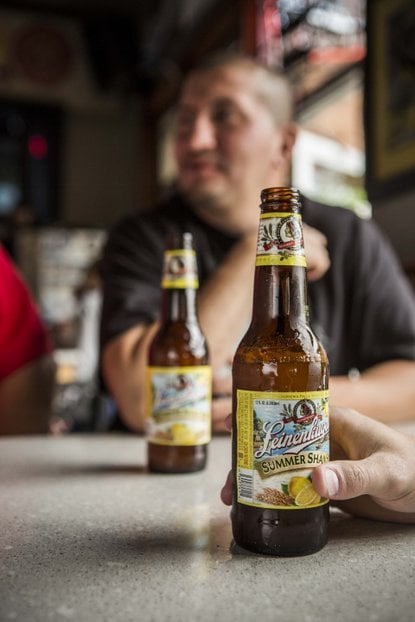
Credit: OneRedEye.
Suddenly this summer, alcoholic beverage makers from around the world have become obsessed with beer and lemon or lemonade blends. While beer and lemon have been dance partners for decades, they have never had the marketing push and attention that they are currently enjoying. A new report from Datamonitor Consumer shows that the number of recent new product launches indicates a surge of interest in shandy or “radler” beverages.
According to Datamonitor Consumer’s Product Launch Analytics database of new products, the number of new shandy or radler product launches more than tripled between 2008 and 2012. Furthermore, through the first four and a half months of 2013, the global new product launch numbers for shandy or radler beverages were nearly equal to the full-year launch count for 2011.
“The irony of the recent surge is that this type of beverage is hardly new,” says Tom Vierhile — innovation insights director at Datamonitor Consumer. “Radler dates back at least as far as the roaring ‘20s when a German innkeeper named Franz Xaver Kugler is said to have stumbled onto the mixture.”
According to the German Beer Institute, Kugler built a bicycle path through the forest, from Munich right to his establishment, called Kugleram. The path worked — probably too well — and Kugler suddenly found himself inundated with some 13,000 bicycle riders on a warm day in June of 1922. Fearing that he was going to run out of beer and have a riot on his hands, Kugler stretched his beer supply by mixing beer with a prodigious quantity of clear lemon soda he had left over from an earlier failed attempt to sell the thirst-quencher. Cutting the beer with the soda in a 50/50 ratio to create Radlermass (literally “cyclist liter of beer”), Kugler saved the day and avoided running out of beer. He even claimed credit for brainstorming the drink as a clever way to keep the riders sober for the ride home.
“Others claim that it was the British, and not the Germans, who did the innovating first with shandy and similar beer and soft drink blends. What matters today, however, is that shandy and radler have emerged as the right products at the right time,” explains Vierhile. “With governments reducing allowable blood alcohol contents for driving under the influence, lower alcohol drinks seem destined to receive more attention. Generally lower in alcohol than beer, shandy and radler also provide a bridge to younger consumers reared on sweet-tasting soft drinks, but seeking alcohol beverage alternatives that lack the bitter bite of beer — especially craft beers.”
In Europe, many shandy products contain as little as 2 or 3 percent alcohol. Some might say that this is too low, but the sales results indicate otherwise. Foster’s Radler, a 2 percent ABV blend of lager and cloudy lemon juice, saw more than 3 million bottles sold in just a few weeks after its February 2013 launch in the United Kingdom.
The terms “radler” and “shandy” may be a mystery to many Americans. However, America does know lemonade, and the summertime refresher has already worked magic in the iced tea market. Ever since legendary golfer Arnold Palmer added lemonade to iced tea at a restaurant in Palm Springs, California in the 1960s, the marriage of lemonade and iced tea has been fruitful. Quietly, Arnold Palmer Tee (Half Tea, Half Lemonade) has become the number four iced tea brand in the United States, with close to $200 m in sales in 2012. Can lemonade do for beer what it has done for tea?
We may soon find out, because the list of American and Canadian brewers offering shandy-style lemonade or lemon beers is growing rapidly. Molson Coors Brewing offers new Rickard’s Shandy in Canada, a 4.5 percent ABV drink described as the perfect blend of premium lager and classic lemonade. Anheuser-Busch InBev introduced Shock Top Lemon Shandy in 2012, a 4.2 percent ABV wheat beer with spices and lemonade flavor.
Even non-beer brands want in. Mike’s Hard Lemonade Co. has come out with Mike’s Authentic Shandy, marking the brand’s debut in the beer market. The product is described as a blend of Mike’s Hard Lemonade and lager. Mike’s president Kevon Kotecki refers to the new shandy as “the most refreshing beer ever brewed.” All of these recent entrants would love to duplicate the success of Leinenkugel’s Summer Shandy, a summer-only offering that has seen demand skyrocket in recent years.
For these products to catch on, they will have to avoid the pitfalls that sank earlier efforts to create successful beer and lemonade blends. MGD 64 Lemonade was a 2011 U.S. launch that had just 2.8 percent ABV and a mere 64 calories per serving. Launched as an extension to the MGD 64 brand (since rebranded as “Miller64”), the product was pulled after less than three months on the market. It may have been the victim of slicing the “premium light” niche too thin and excluding male consumers turned off by such a low calorie count, or it may have lost out due to flavor issues. Another relatively recent failure, Foster’s Twist, may offer other lessons. Launched in the United Kingdom in 2006 and featuring a “hint of citrus,” the 4.5 percent alcohol by volume product was aimed largely at women in their 20s, and could have simply been a little ahead of its time.
What do read more of Datamonitor’s new report: New Developments in Radlers, Shandies, and Pre-Mixed Beer Drinks? Well, the reference code is: CM00234-020. The Publication Date is: 31 July, 2013. It’s available for purchase from: www.datamonitor.com/store/

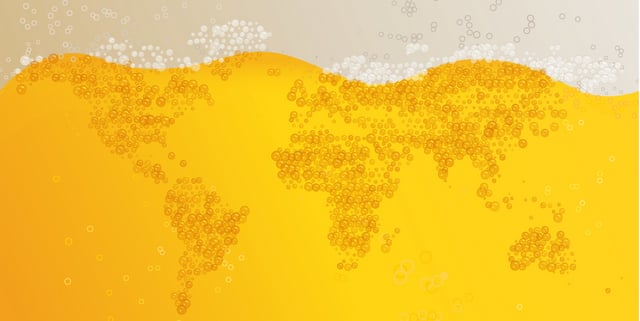
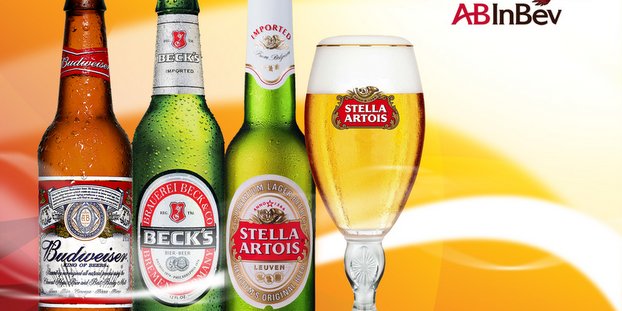
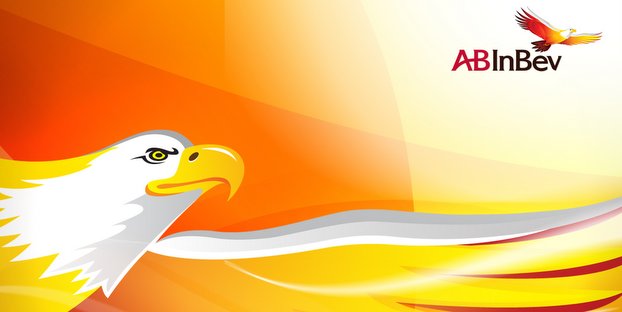
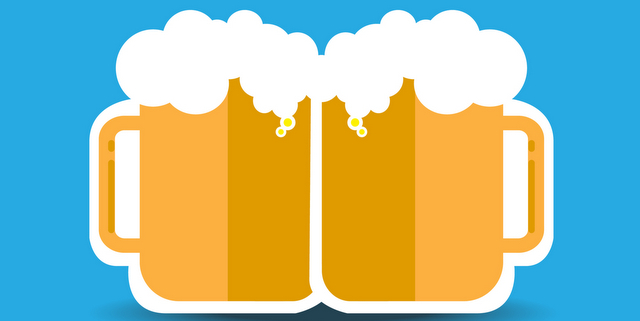
New Developments in Radlers, Shandies and Pre-Mixed Beer Drinks http://t.co/Ta6FOHEDHj HELL YEAH RADLER FEVER!!!